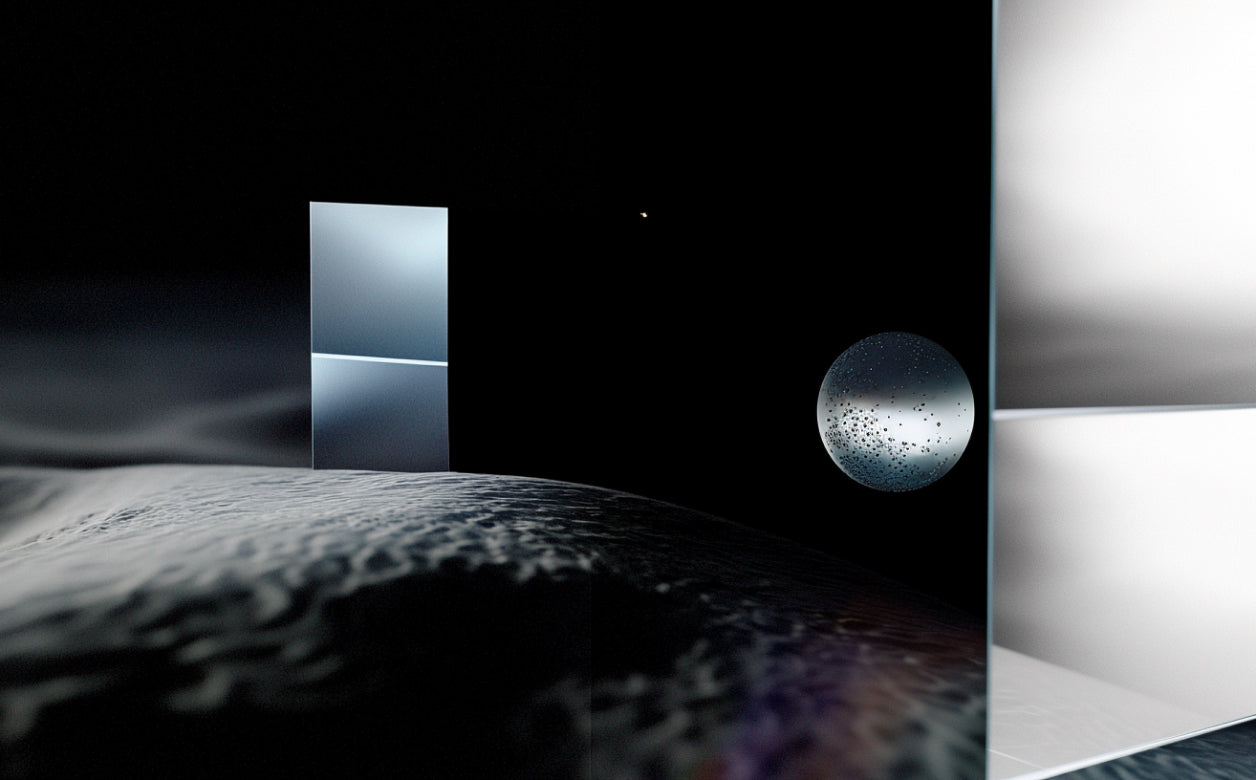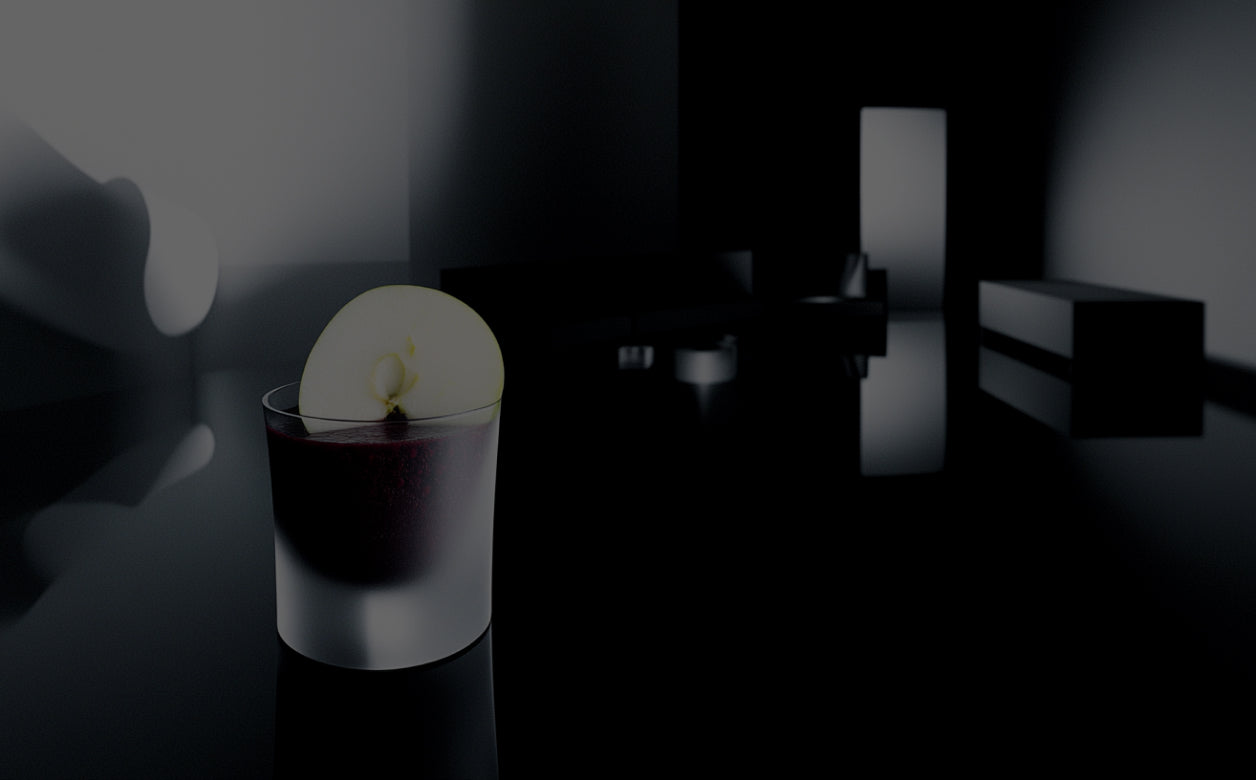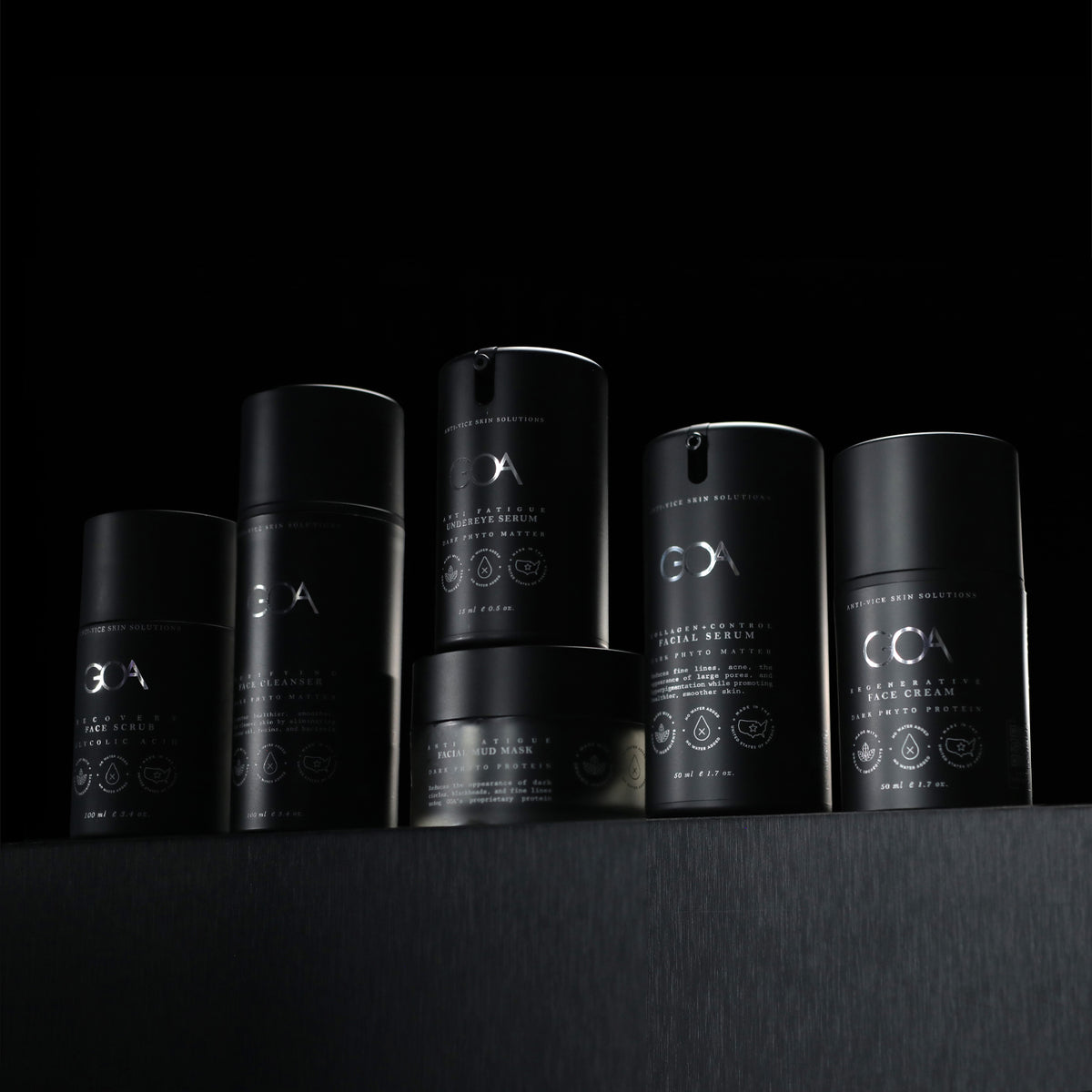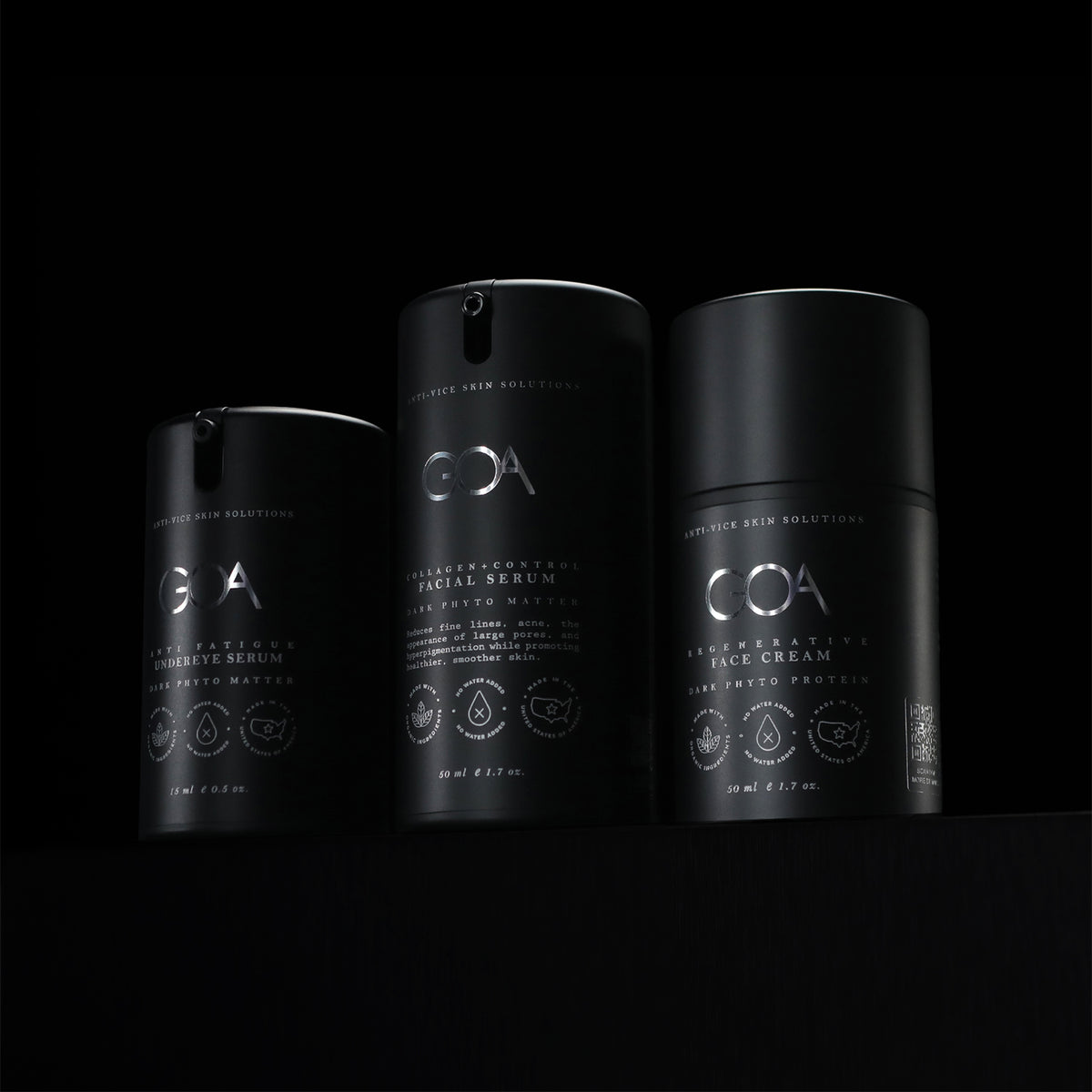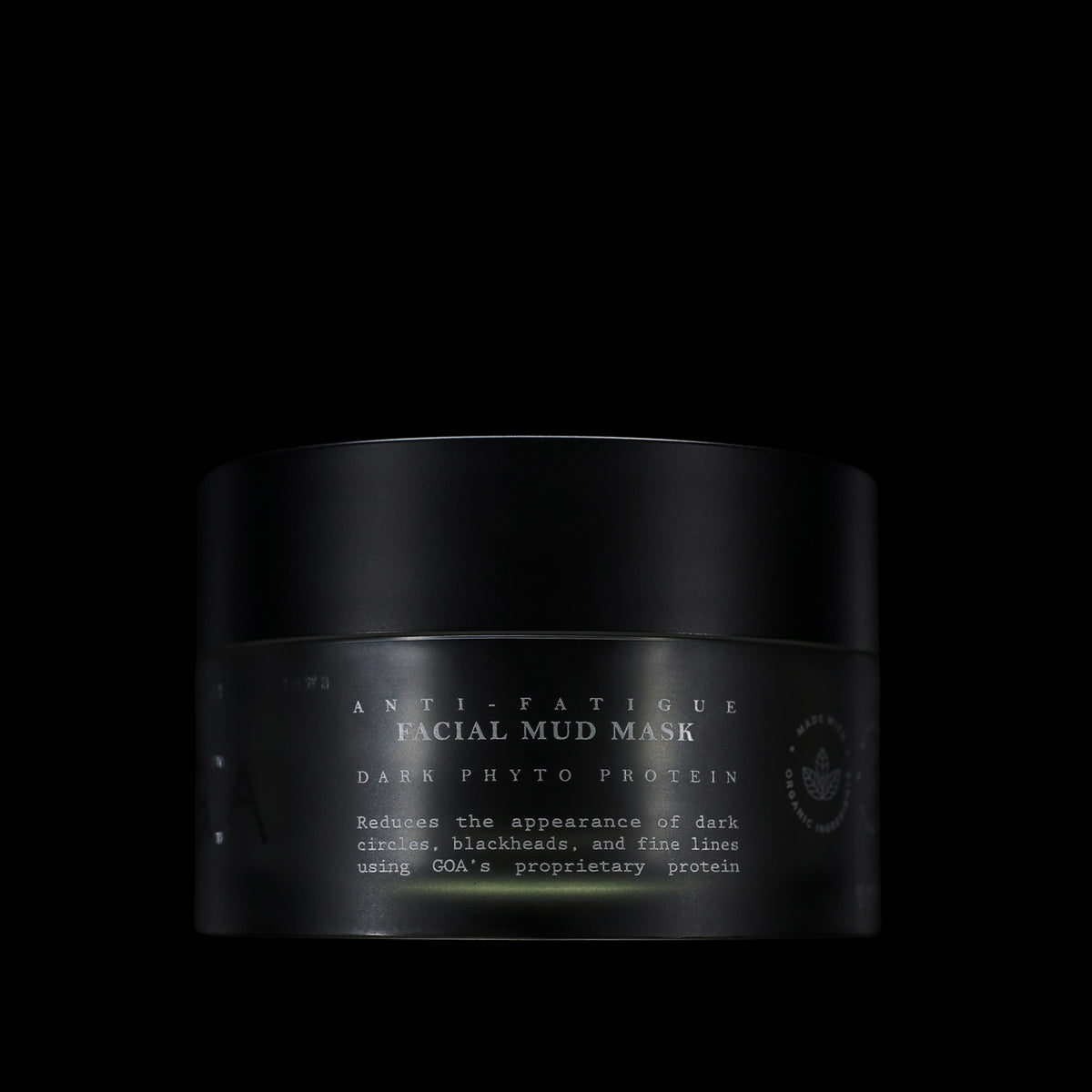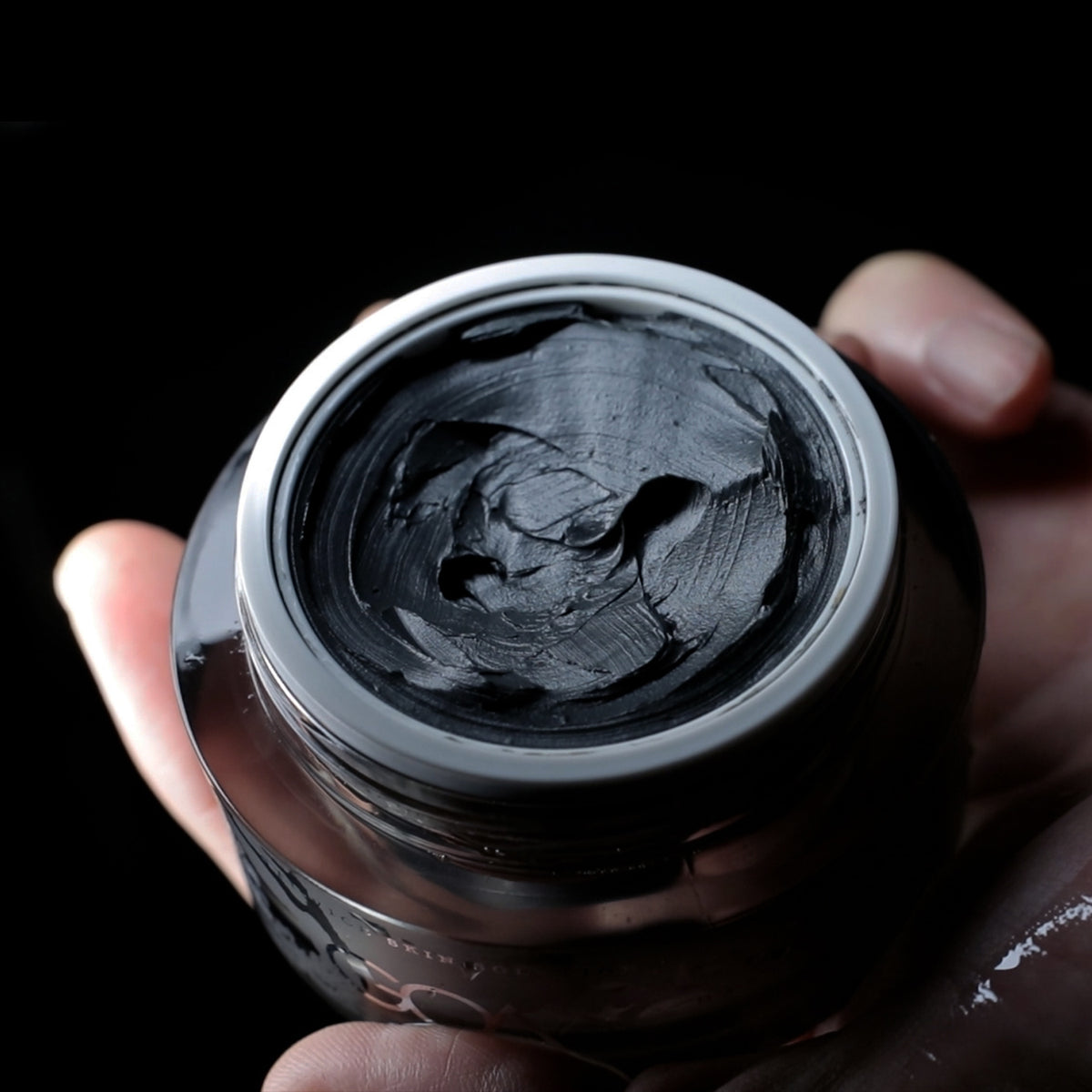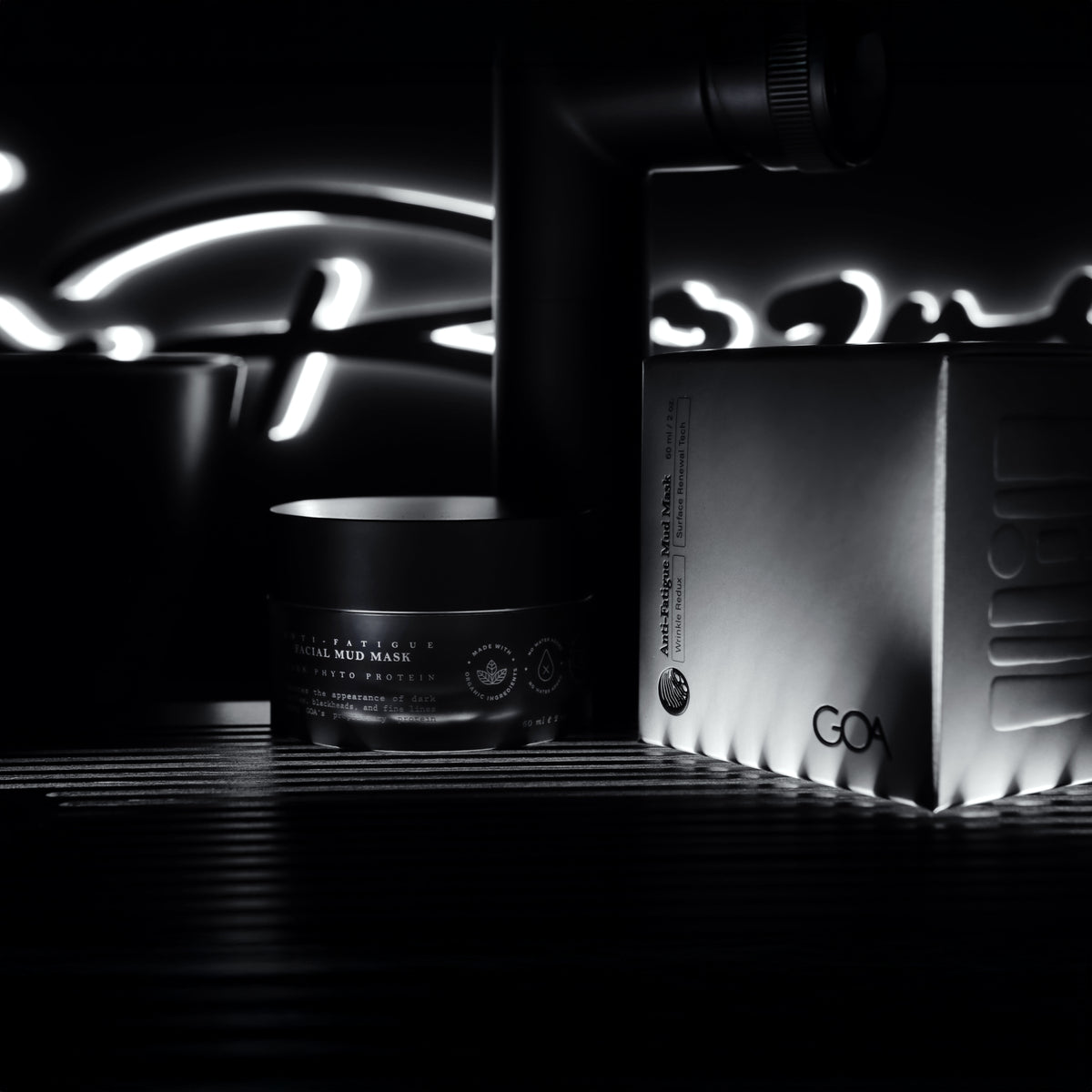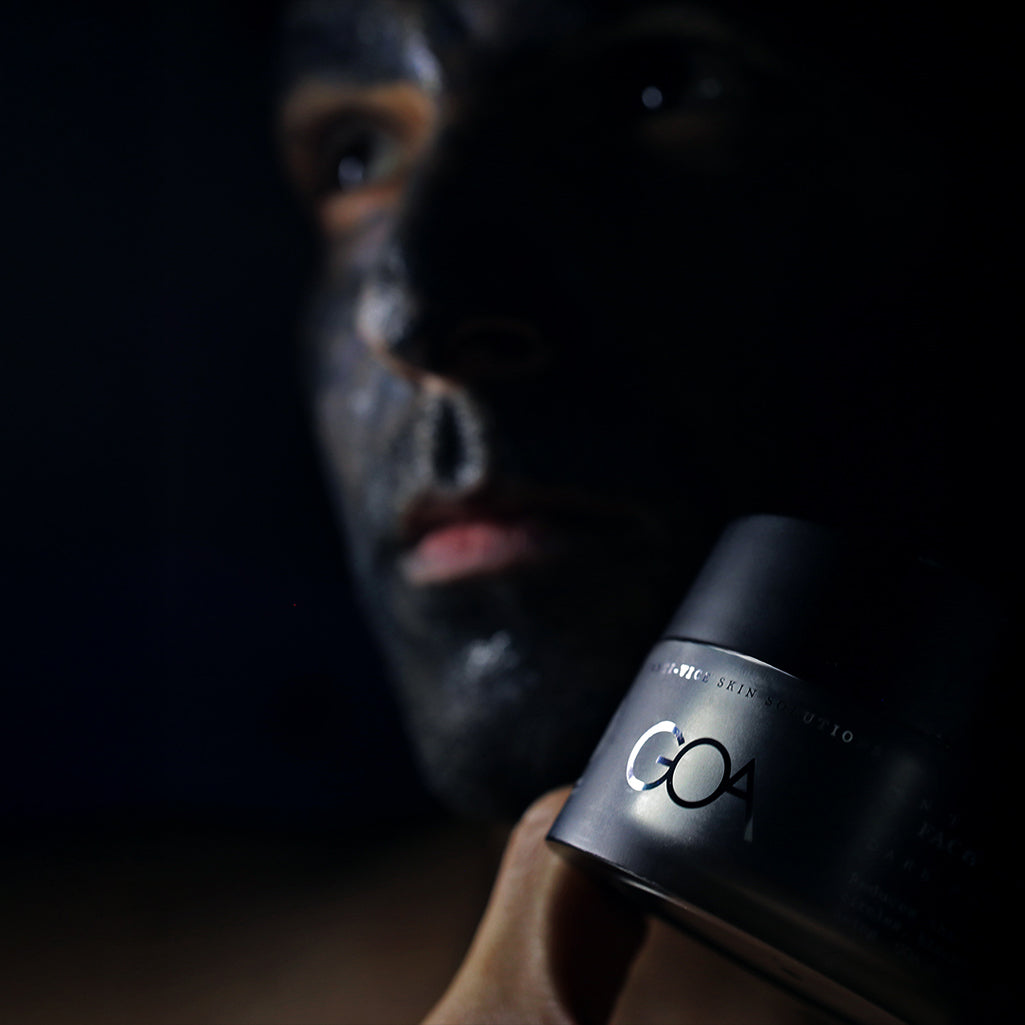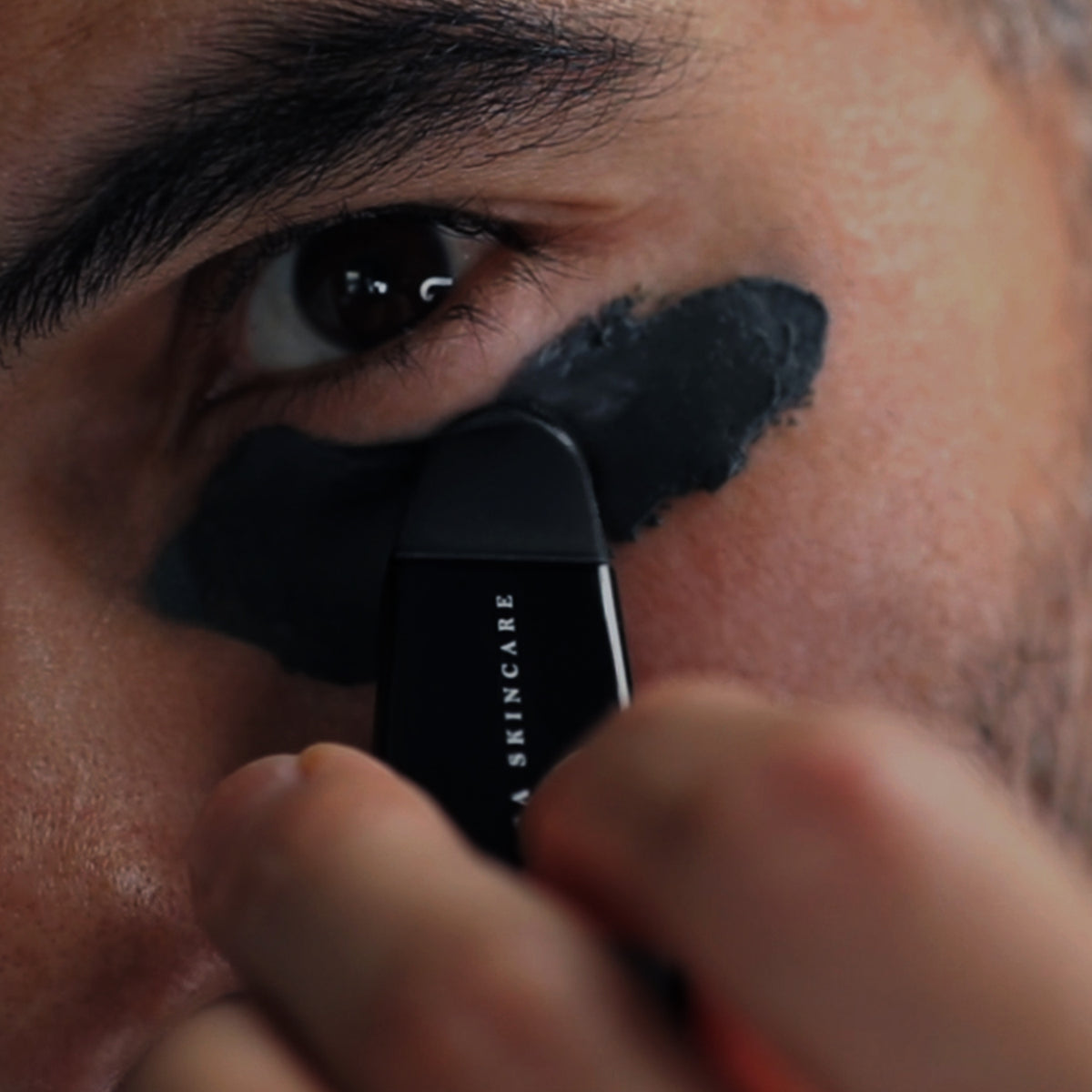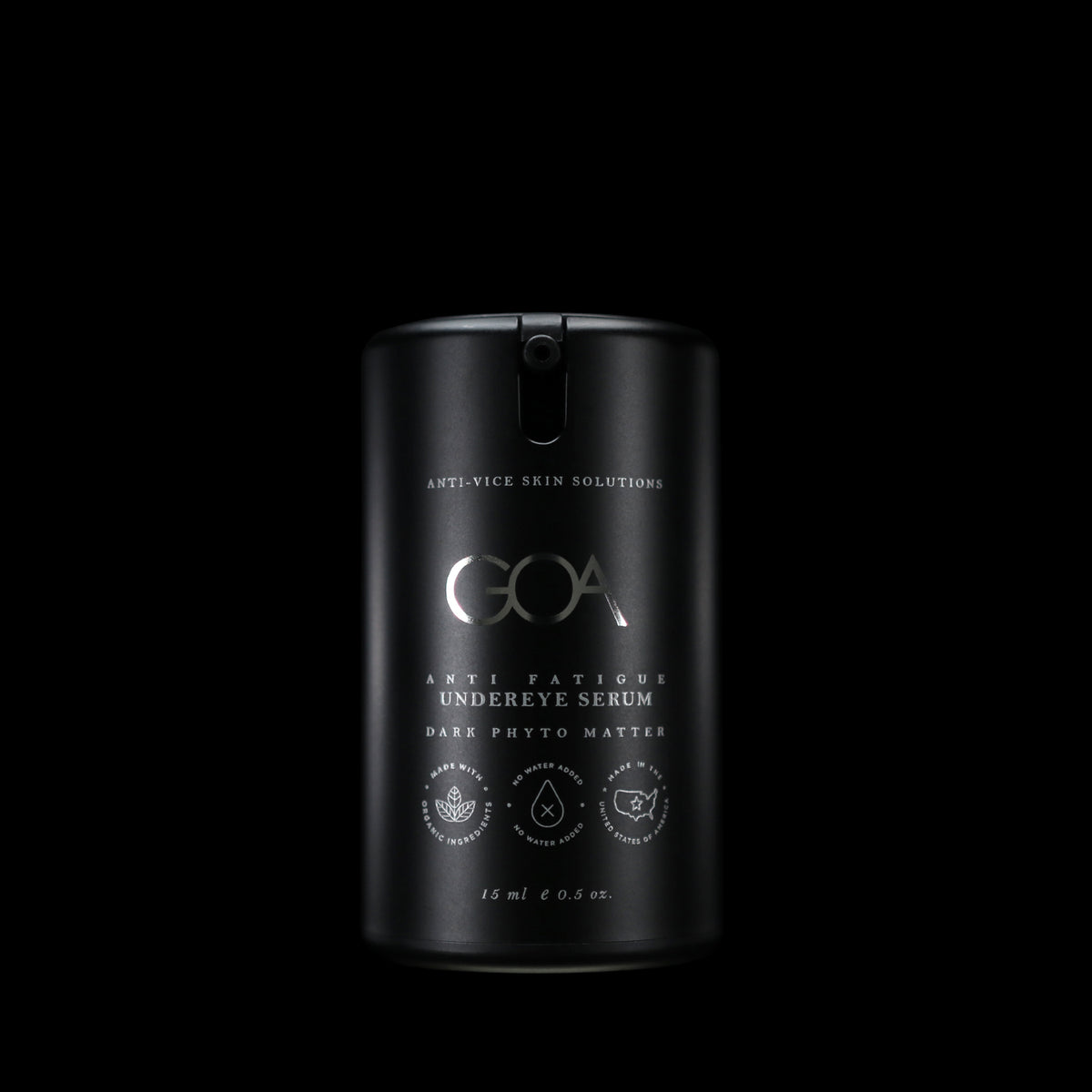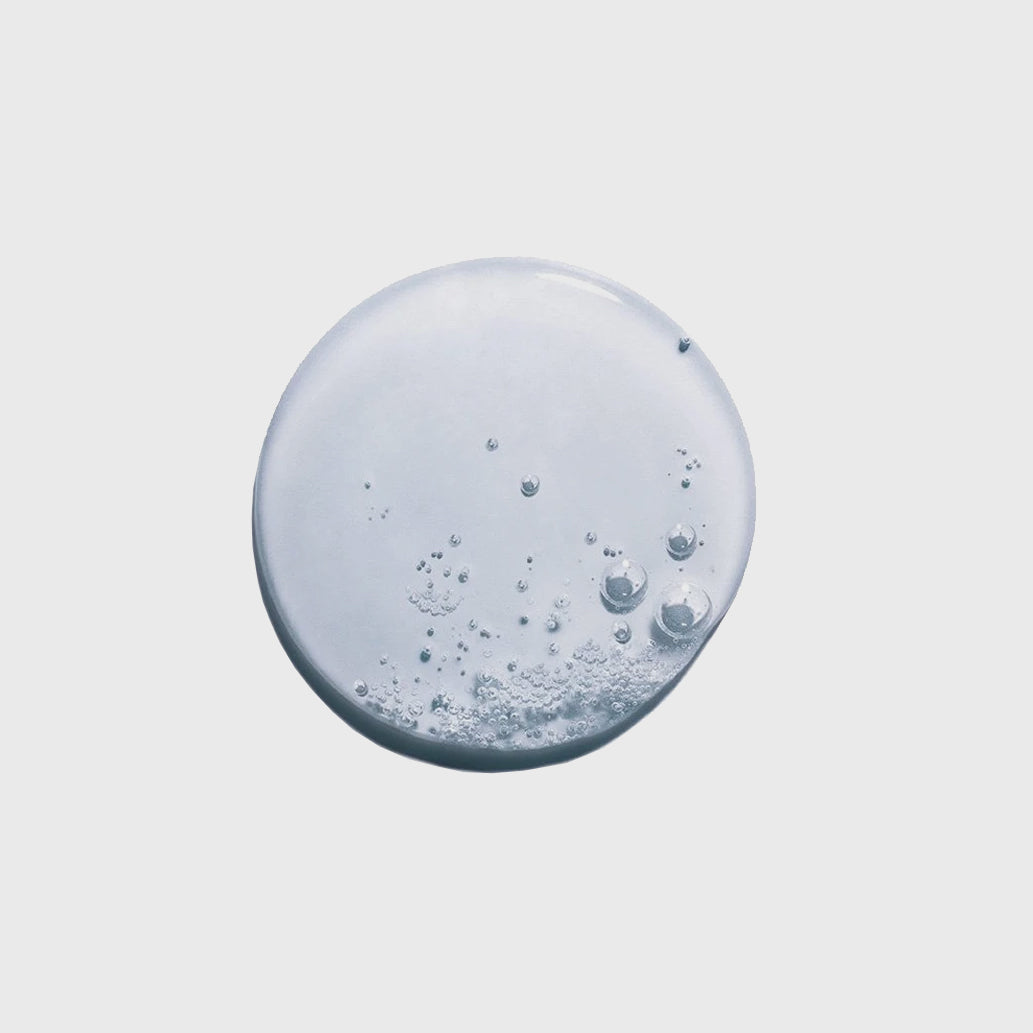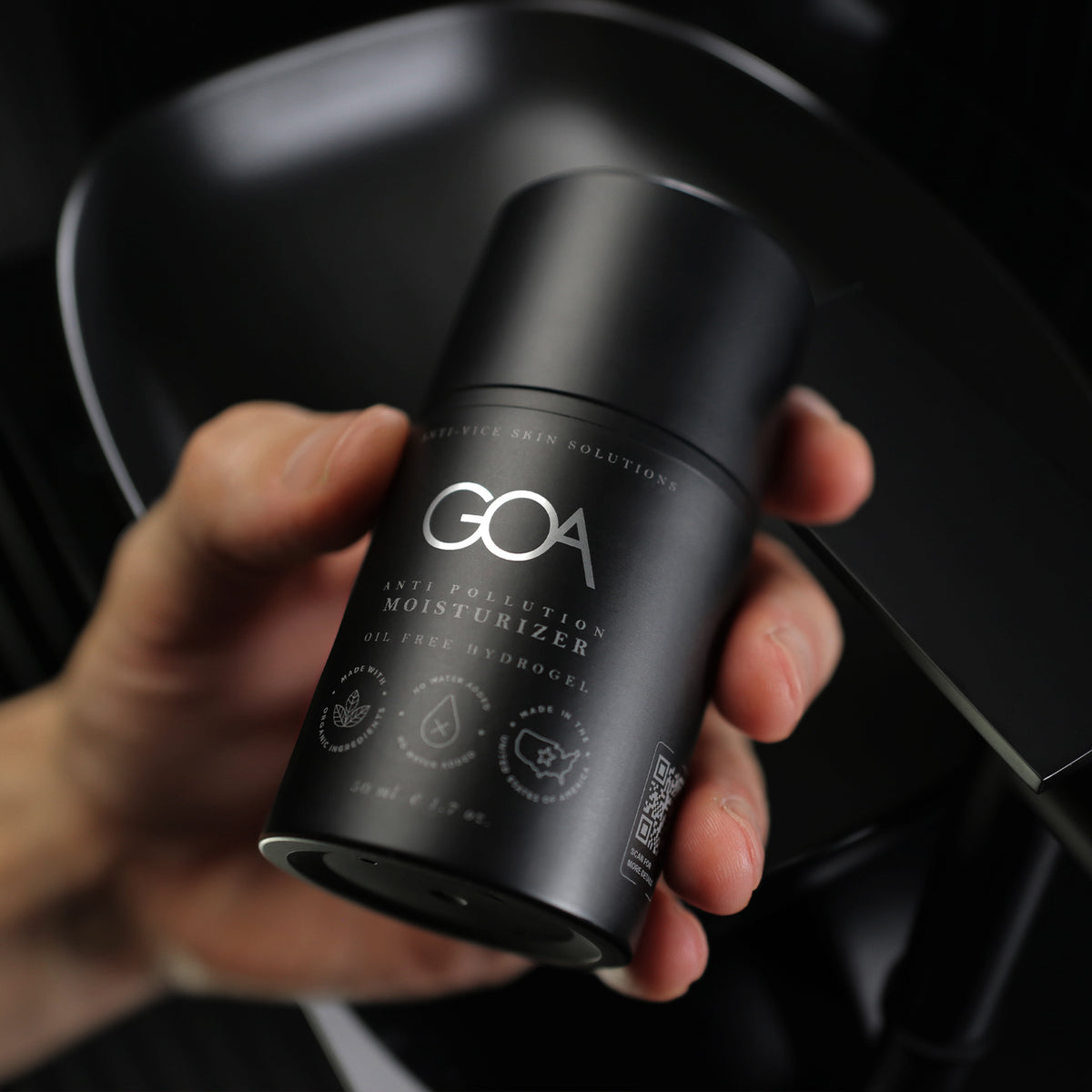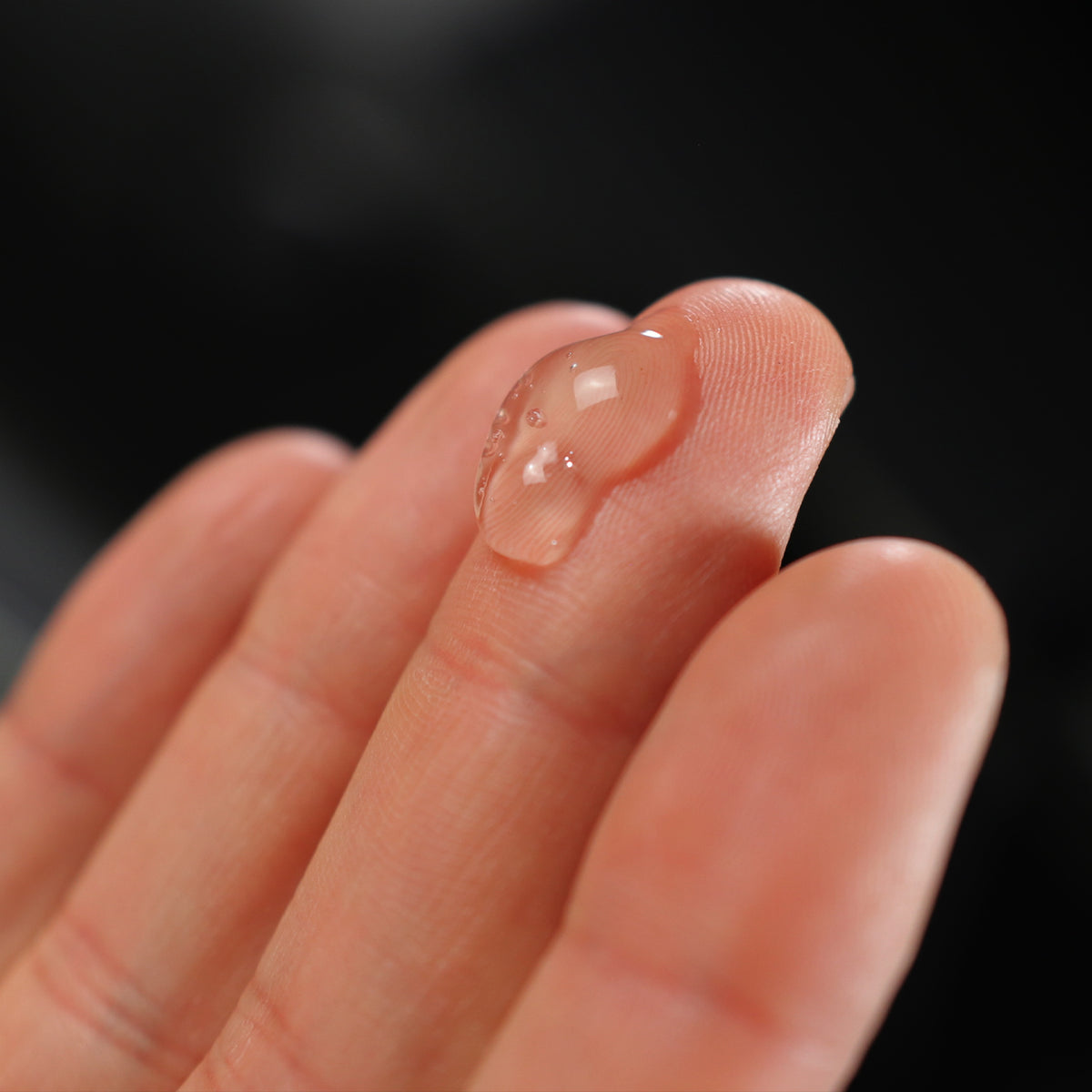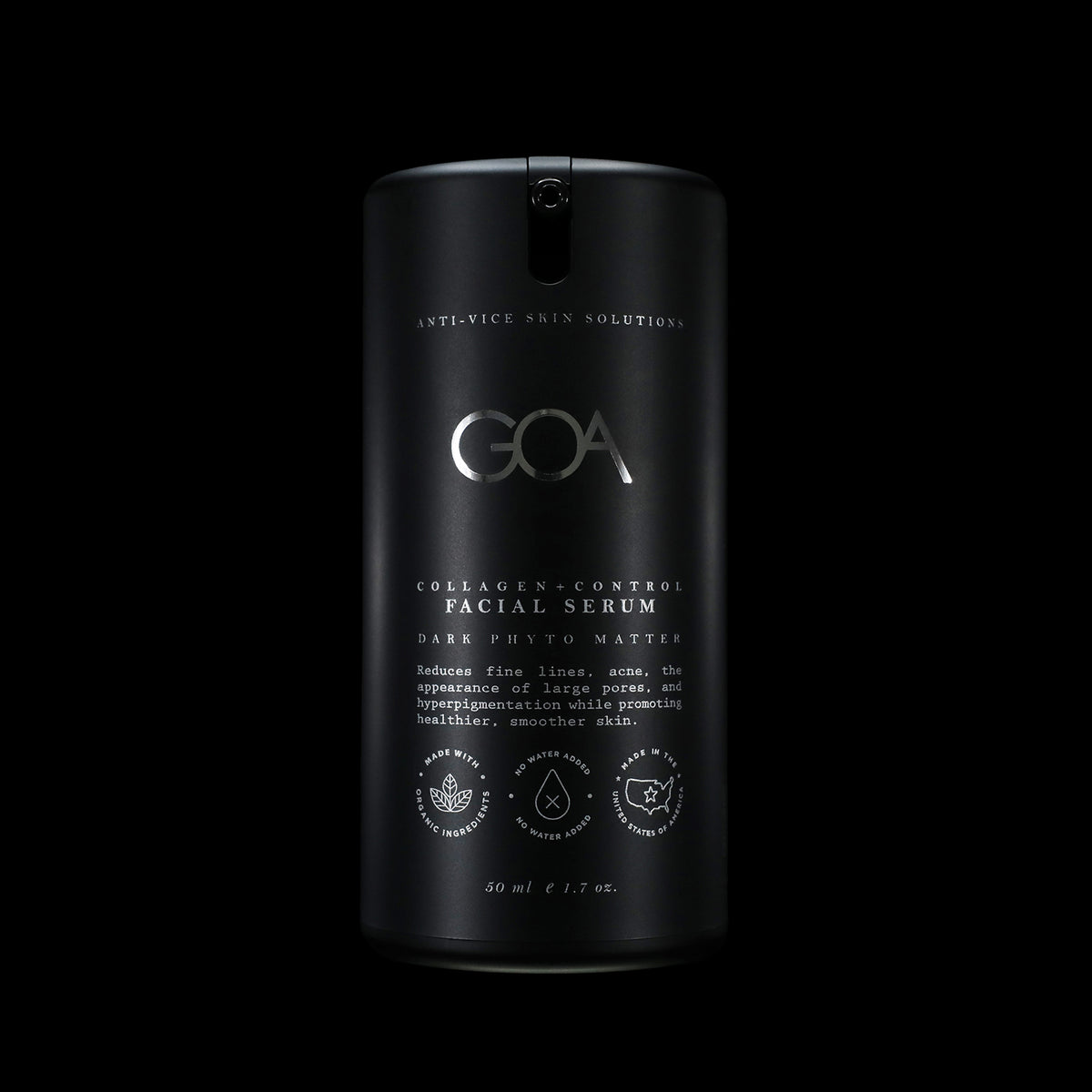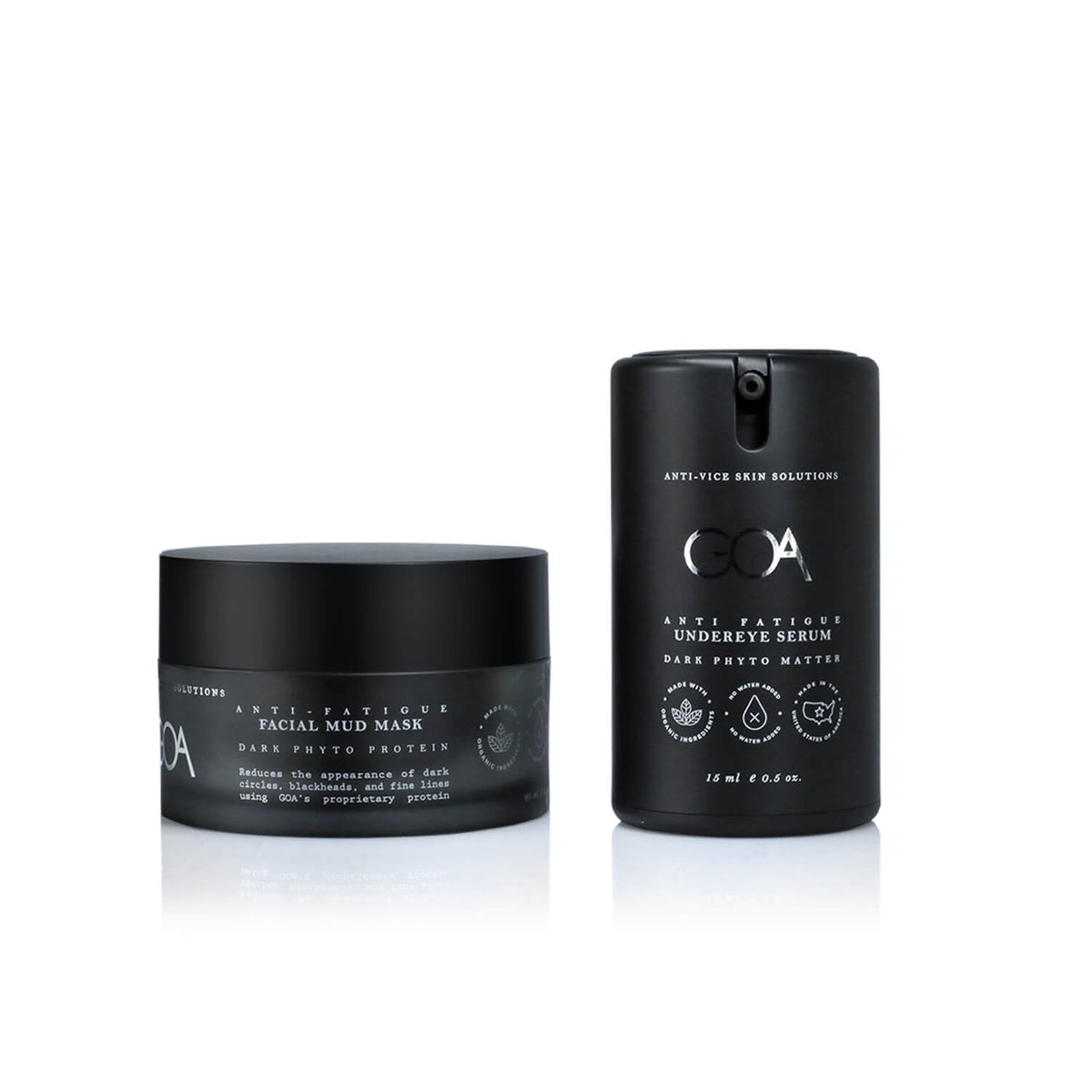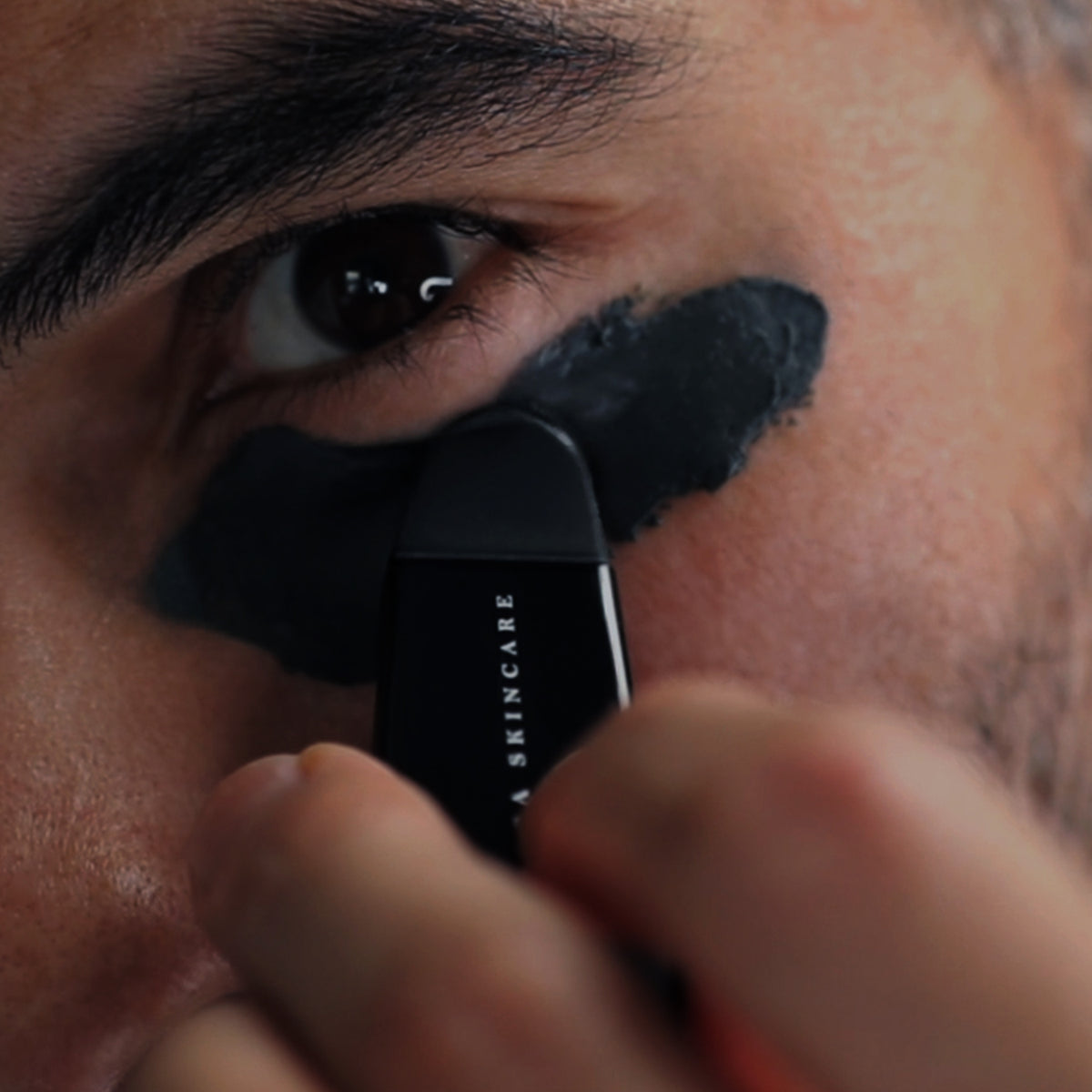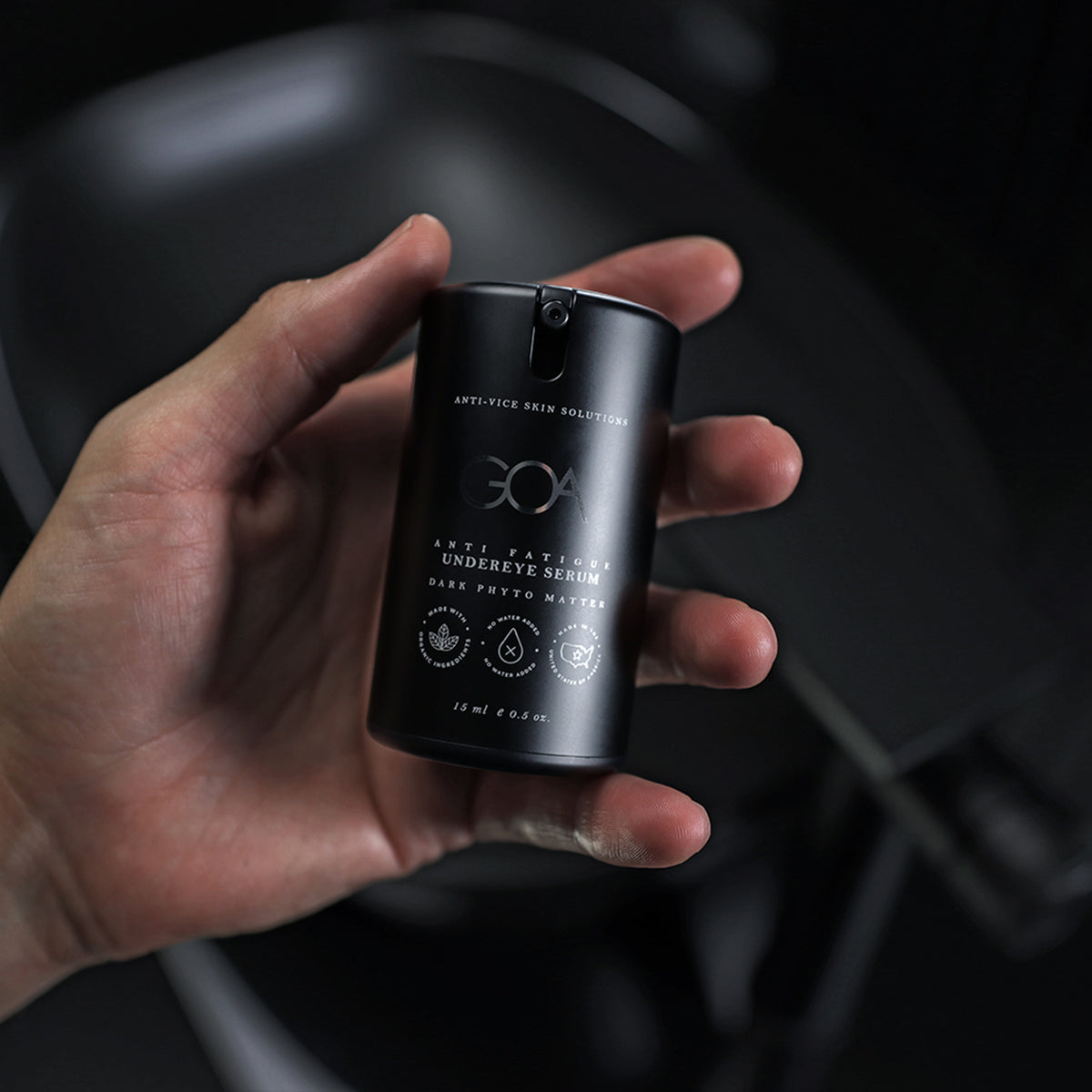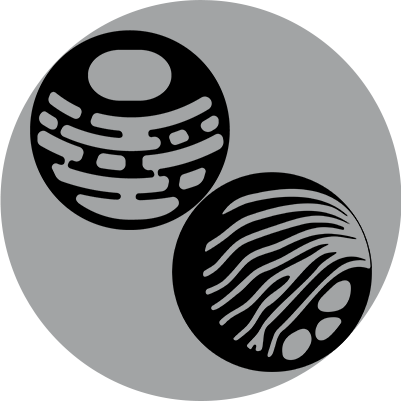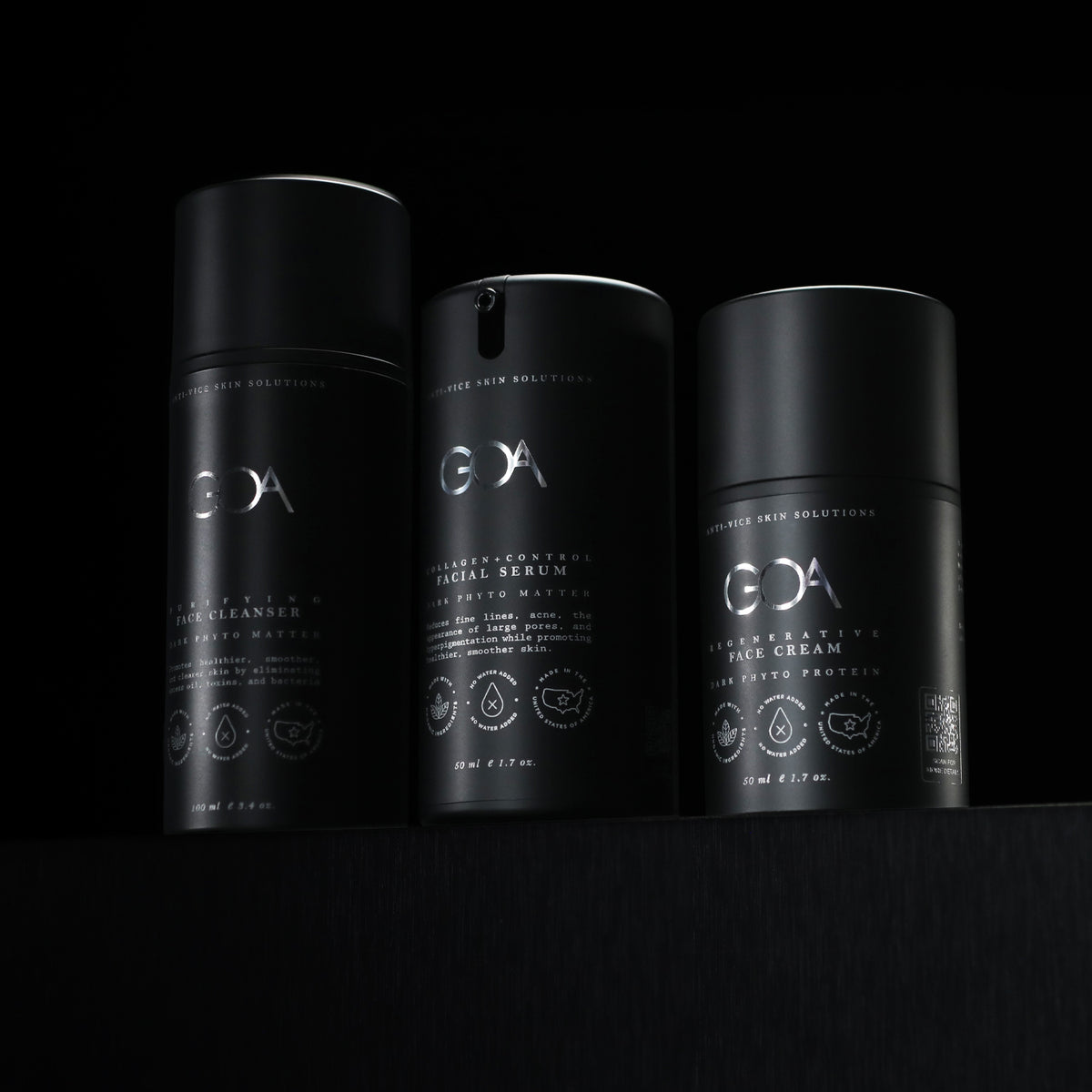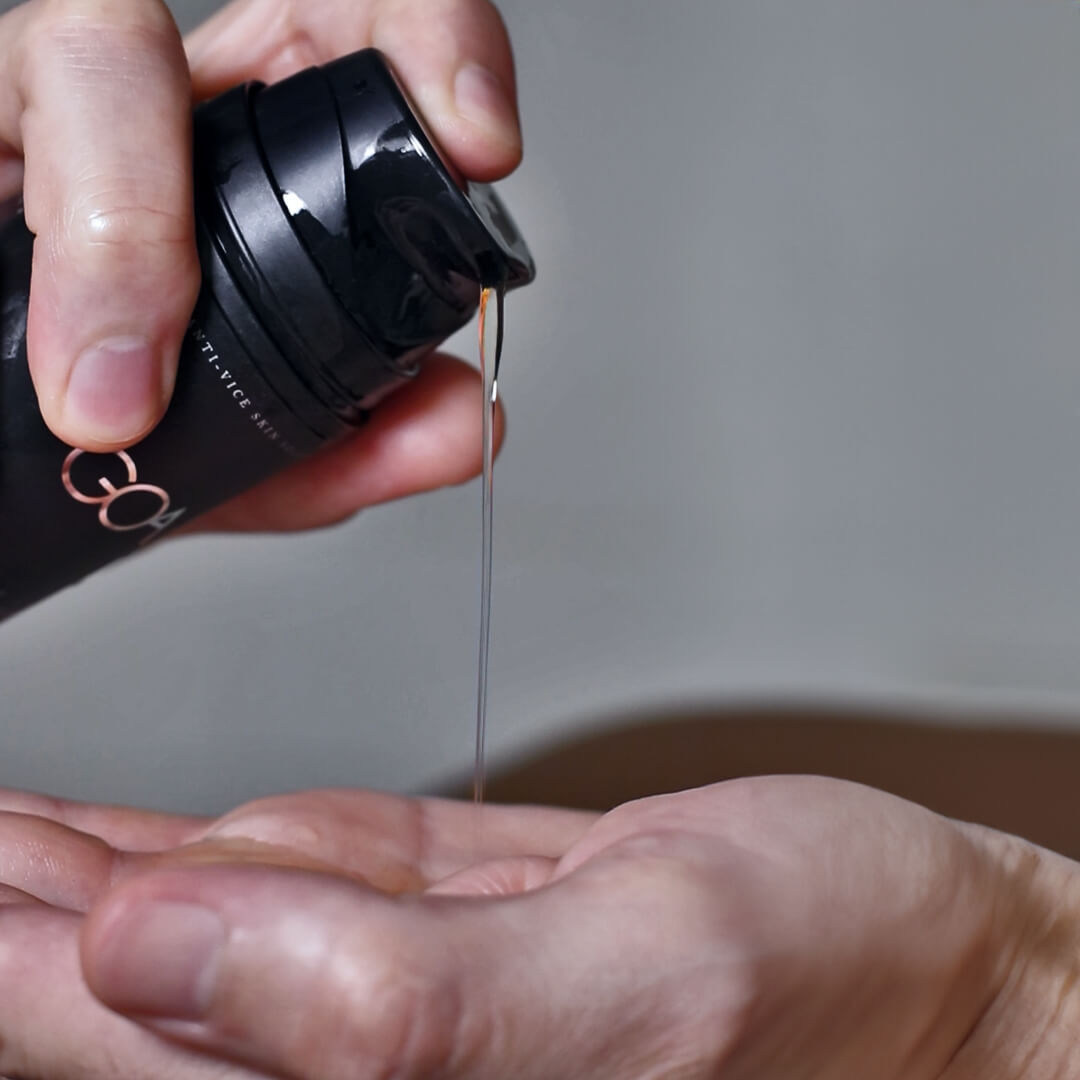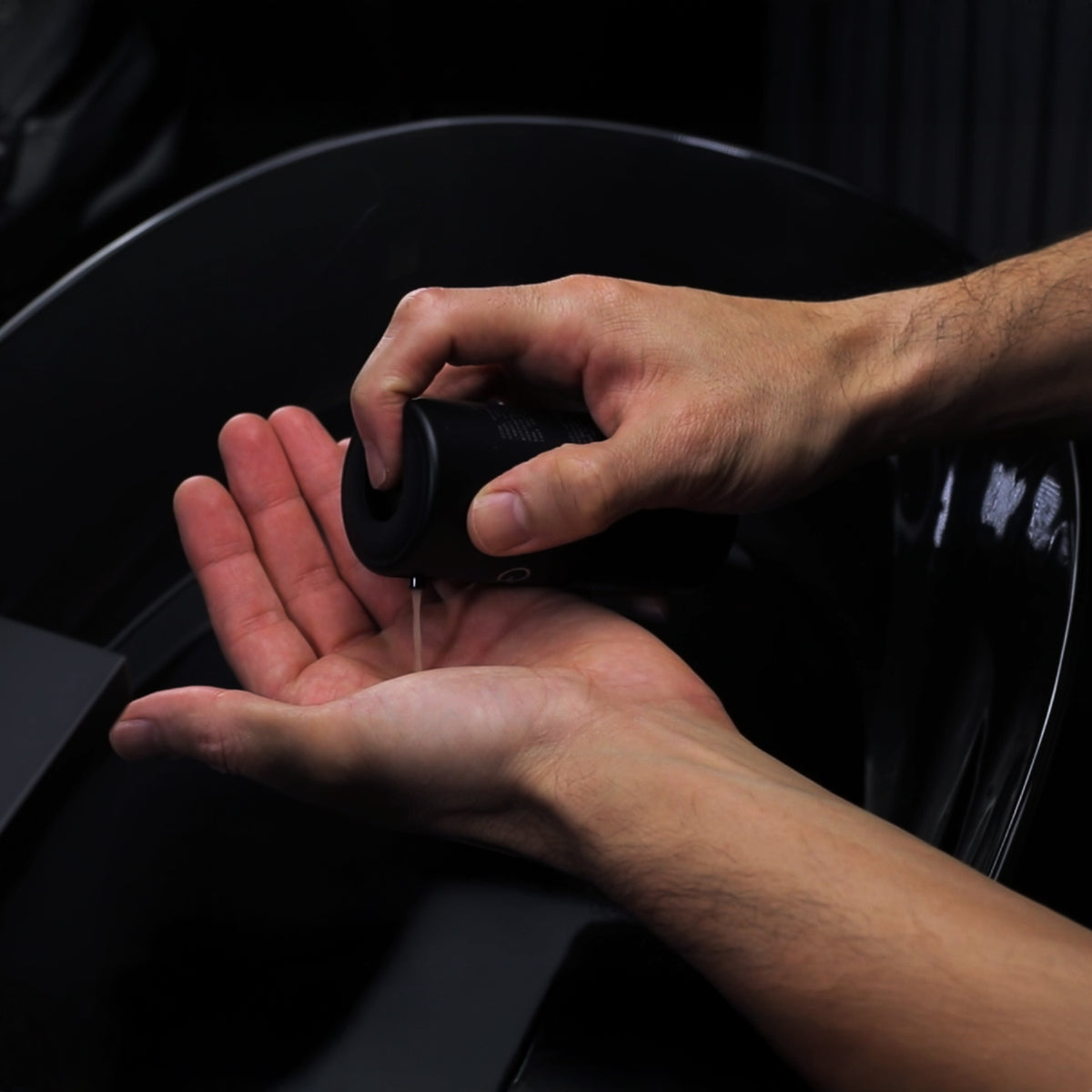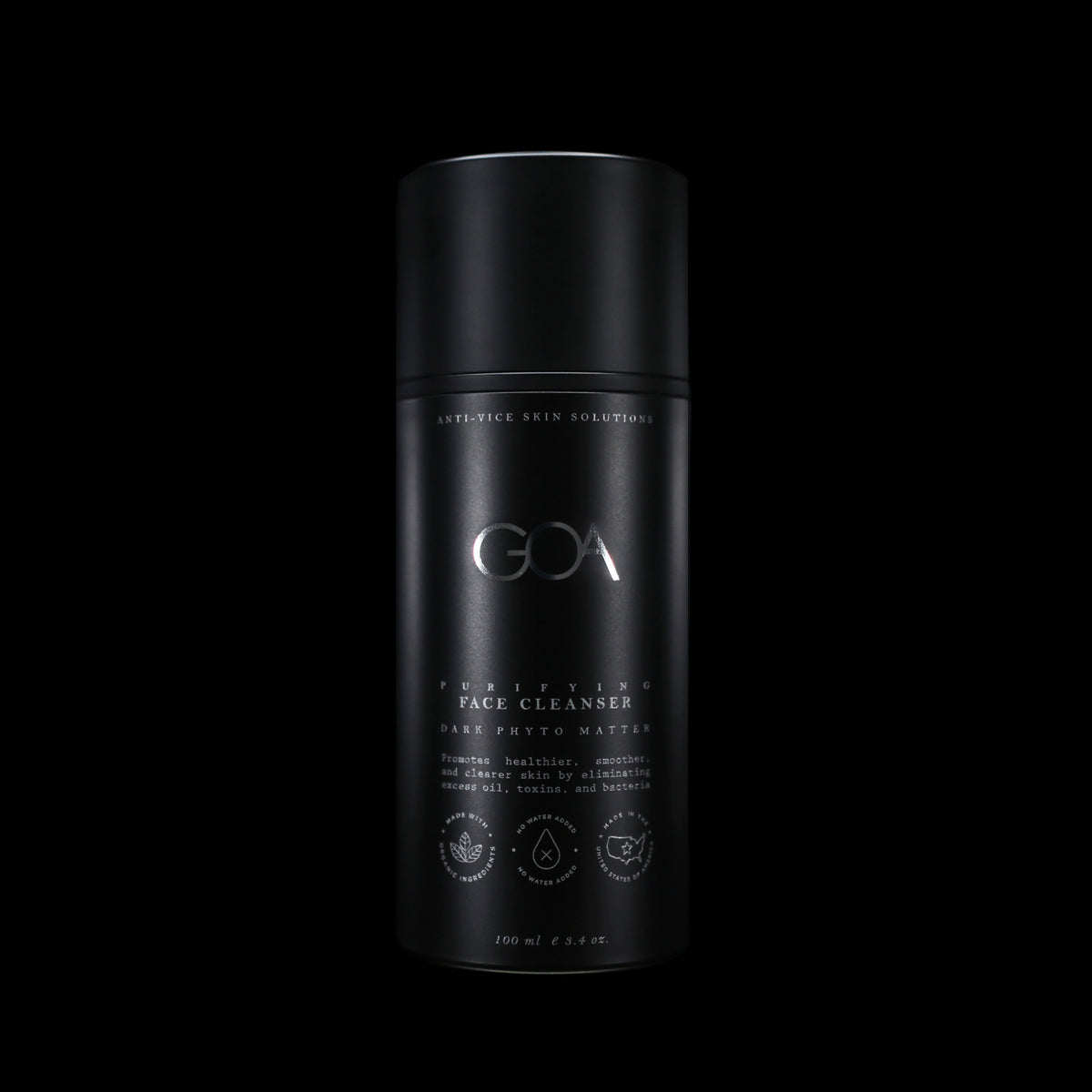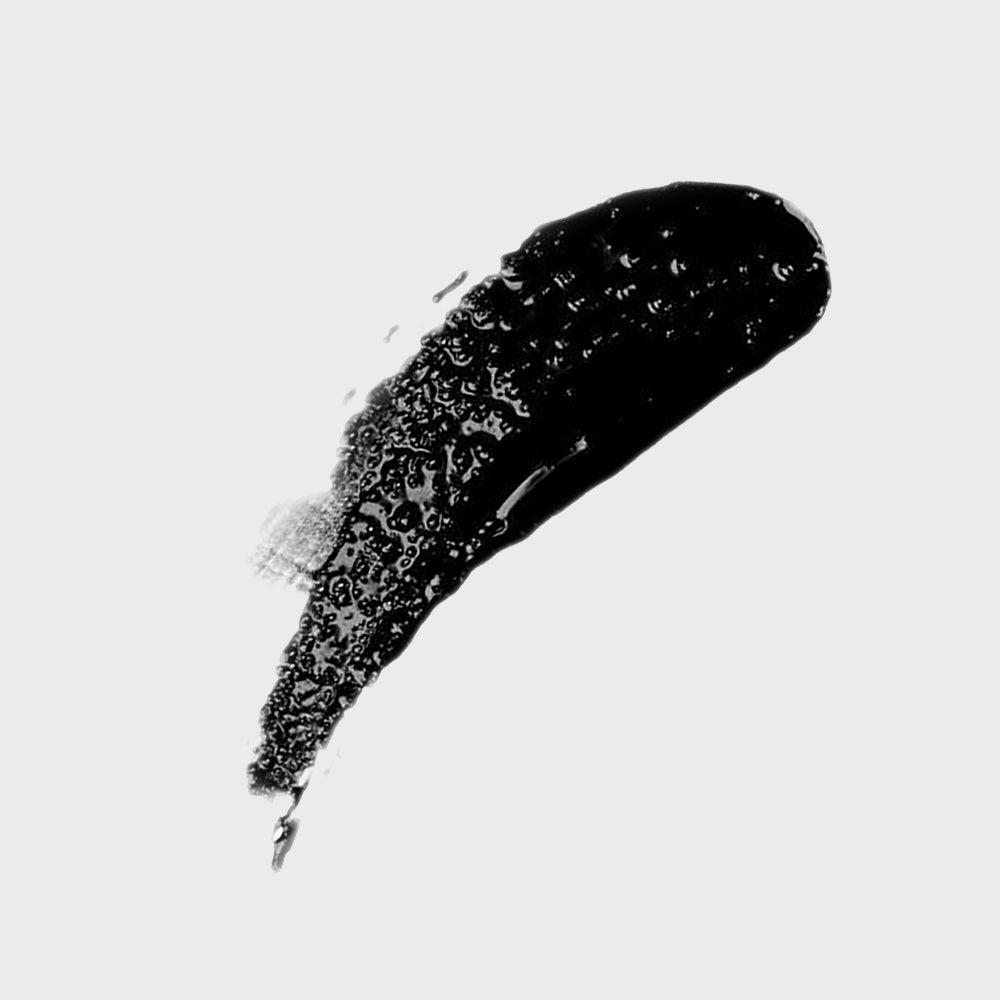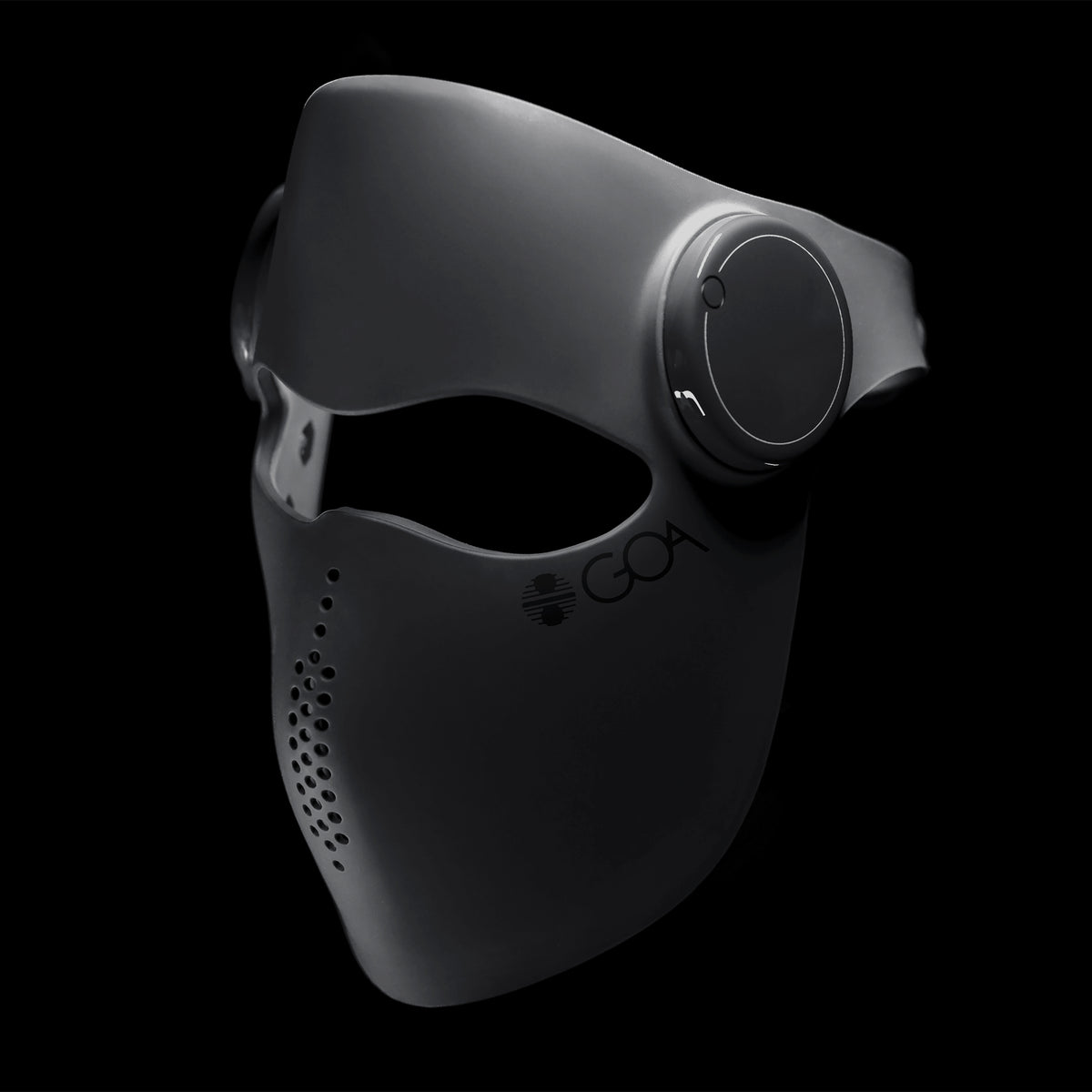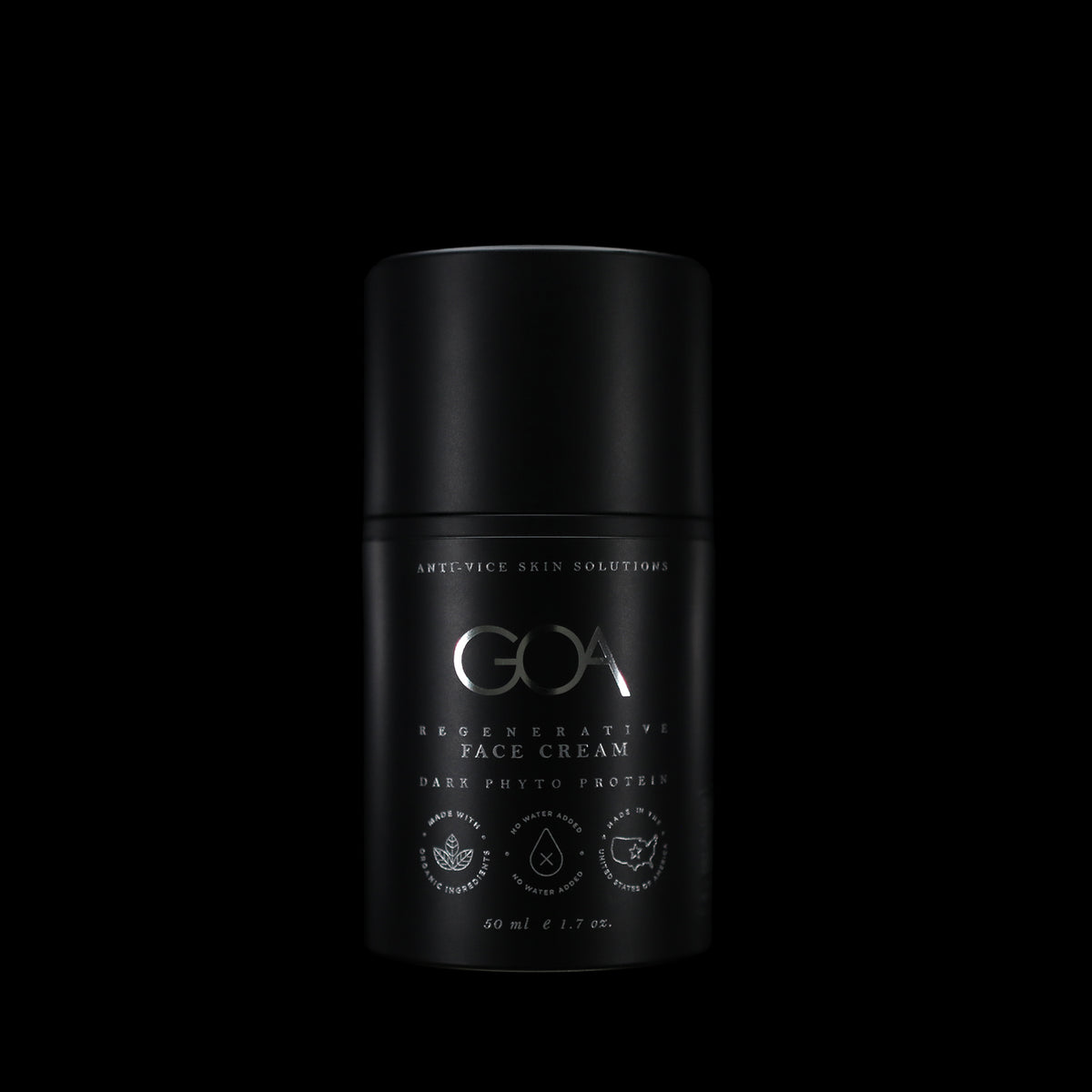Know Your Skin
Apart from what you may have heard, your skin is incredibly fascinating when you think about it. It not only plays an integral part in protecting your body from the perils of the planet, but it is a world within a world. And I'll show you want I mean. With so many convoluted processes; "this protein does this to this, which actives this to deregulate that." That jazz. But it's all merited. In this article, we'll go through just the right amount of knowledge to impress and learn more about this living suit of armor.
People are like Onions
Let's get right into it then. Without getting into too much of the biochemistry of your skin, it's important to know that it's made up of three main layers that harvest more layers in between. The outermost layer called the epidermis containing cells that produce pigment and protect the immune system. The layer underneath, which hosts follicles, oil glands, sweat glands, nerves and blood vessels, is called the dermis. And finally, the subcutaneous tissue (or hypodermis) that harvests fat cells, veins and arteries. Below we've got a crazy cross-section of what our skin looks like (image 1). This is obviously an illustration - as looking at the actual skin under an electron microscope (in-vitro) is much more complex (image 2).

The epidermis, which is the outermost layer is further broken down into 5 layers containing different cell structures. It is important to start from the base of the epidermis and move upward to the outermost layer as skin cells grow, change, and die off in that direction.
Picture the skin like a living suit of armor that not only repairs itself but also sends major signals to the rest of your body to decide what processes or hormones to release. At the bottom of the epidermis lays the basal layer which hosts a single layer of cuboidal basal cells that give birth to all epidermal cells. As the cells move up through the skin they become their respective layers, and so starts the party. The pigment of your skin actually comes from this (by melanocytes) layer and are transferred through to keratinocytes ( keratin-producing cells) that are responsible for the protection of the body from invaders. Skin cells born from here take about 8 weeks to make it through to the top, after that the dead cells remain in the outermost layer for about 2 weeks.
Nerd Out: One of the factors which stimulate the development of epidermal cells is transforming growth factor-α (TGF-α). It's made within the basal cell itself to stimulate their own division. These types of growth factors have to be carefully regulated because they can overproduce cells. Psoriasis has been linked to the overexpression of TGF-α and is characterized by the exfoliation of a huge amount of skin cells - Here, the dead skin cells in the outermost layer only remain there for 2 days instead of 2 weeks.
As soon as the basal cells undergo mitosis (cell division) the cells move into the spinous layer. These spiny looking cells get their name from the many interconnections they have with other cells around them. Their net-like structure as a whole protects the skin while continuously communicating with each other. As the cells grow older they make way for newer cells underneath and become the granular layer (seen in the darker thin layer below). These cells develop a grainy appearance due to the keratin filaments inside which form dense little spheres containing lipids.

Nerd Out: These little spheres are called keratohyalin granules and are discharged above the granular layer. Once they are discharged, the cell beings to dehydrate, thicken and their organelles begin to disappear - the great dying. An extra layer that is only found in the lips, palms, and soles; the lucidum (meaning clear) layer. These are also dead, keratinized skin cells that form to protect the skin most exposed to damage (like structural, extra lining in your living suit). In either case, these cells move up to form the outermost layer, the corneum or cornified layer. This thicker area of cells prevents water loss from the body while carrying out a multitude of metabolic responses that lead to self-repair and homeostasis (the natural balance of a system). It contains many other layers of keratinized (contain fibrous structural proteins) dead cells that are flat and do not contain a nucleus (from cell dehydration back in the granular layer).
The Dermis
Below the epidermis, we find a living potpourri of elastic tissue, capillaries, reticular fibers, and collagen, nerve endings, blood vessels, the whole deal. Some important proteins to note would be collagen and elastin which take up about 70% of the dermal weight and play a crucial role in the firming of the skin and reduce the forces that may deform the shape of the skin (forming wrinkles, sagging, etc.).
The Hypodermis or Subcutaneous Tissue
Consisting mainly of fat, the hypodermis is the main structural support for the skin, insulation, and cushioning for underlaying bone and muscles. Within the fat cells, we can also find nerves and blood vessels.
Nerd Out: Other skincare brands contain ingredients that can't even absorb through the top half of the epidermis. And even if they do absorb, most are metabolized by enzymes that are released to inactivate their benefits. A key rule is to find what the skincare industry calls carrier oils in the formula. These oils can carry active ingredients into the lower levels of the epidermis. Read up on whether the ingredients actually make it through the corneum layer (outermost layer) and can improve, support, or provide nutrients to the skin.















